THE GOLDEN CITY
Unlike any other city, this desert fortress is one of Rajasthan’s most exotic and unusual towns. Jaisalmer, an important ancient trading because of its strategic location on the camel trade routes, is often described as the ‘golden city’.
A desert city, it was founded by the Bhatti Rajput chieftain Rawal Jaisal in the year 1156. Jaisalmer could be regarded as the western sentinel of entire India and a place worth visiting to get an idea of the native Rajasthan.
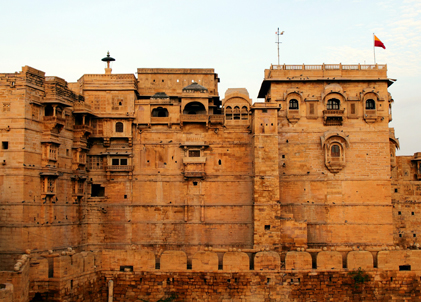
JAISALMER FORT
The Jaisalmer Fort also goes by the name Sonar Quila (Golden Fort) as it rises from the desert itself and seems to become one with the golden hues of the sand. The setting sun adds its own magic and shrouds the fort with mystique.
The fort is constructed in the classic style of the royals by local craftsmen.
SAM SAND DUNES
Sam Sand Dunes One of the most popular tourist attractions of Jaisalmer in the whole India. Sam Sand is 45 km west from Jaisalmer city, where you can reach by hiring a can from Jaisalmer city and then stay in one of many desert camps, built-in 2-3 km radius of sand dunes.
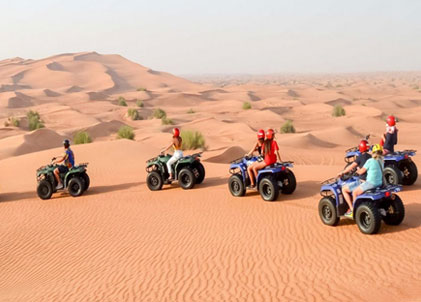

KULDHARA HERITAGE VILLAGE
This village was home to around 1,500 Paliwal Brahmins, which has lived in this community for more than five centuries peacefully and comfortably. But one night, the entire population vanished overnight in the dark and left it with a curse. Kuldhara now functions as a tourist spot, As the sun goes down, the gates of Kuldhara are closed by the neighboring villagers.
AMAR SAGAR JAIN TEMPLE
Located adjacent to the famous Amar Sagar Lake and south of Lodurva, there is a Jain Temple dedicated to Lord Parshwanath, called Adeshwar Nath Jain temple. Beautifully crafted and designed, the temple looks astonishing with its intricate hand carvings and small domes. The golden architecture adorned with Jaisalmer stones shines gorgeously during the day and is a key attraction of the place.
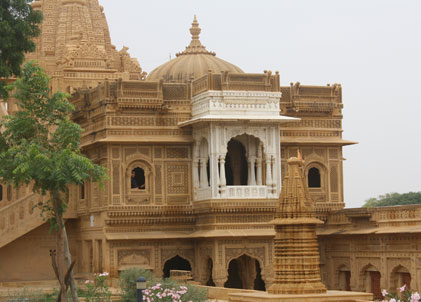

PATWON KI HAVELI
The Patwon Ji ki Haveli is an interesting piece of Architecture and is the most important among the havelis in Jaisalmer. This is precisely because of two things, first that it was the first haveli erected in Jaisalmer and second, that it is not a single haveli but a cluster of 5 small havelis.
NATHMAL JI KI HAVELI
Nathmal Ji Ki Haveli is built by two brother in the 19th century. They worked on the haveli from two sides and the outcome is a beautiful blend of the symmetrical construction. Miniature style paintings and mighty tuskers carved out of yellow sandstone are used for decoration.
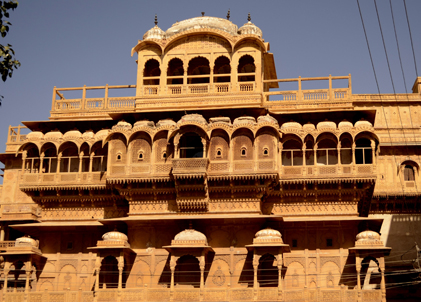

GADISAR LAKE
Gadisar Lake was constructed in the 14th century by Maharawal Gadsi Singh to meet the water needs of his arid lands. Considering its importance, many small temples and shrines were constructed around it, transforming it into a pilgrimage centre and a tourist attraction.
MANDIR PALACE
The five-storeyed majesty of the Badal Mahal (Cloud Palace) is further enhanced by its pagoda-like Tazia Tower. Each floor of the palace has an intricately carved balcony. The Badal Palace owes its beauty to the skills of Muslim craftsmen who moulded the tower in the shape of a Tazia (a float that’s part of the procession of Muharram).
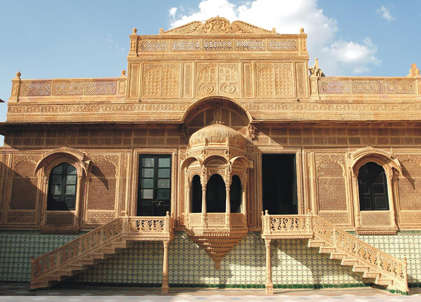

JAISALMER WAR MUSEUM
The Jaisalmer War Museum, popularly known as JWM is a memorable establishment dedicated to the war heroes of our nation & salute to the Indian Army. Located 2 hours away from Jaisalmer, on the Jaisalmer-Jodhpur highway. The museum houses two information display halls, an audio-visual room, and a souvenir shop.
BADA BAGH
About 6 kilometres to the north of Jaisalmer lies Bada Bagh, also called Barabagh (literally Big Garden). This garden complex houses chhatris or royal cenotaphs of the Maharajas of Jaisalmer state, including that of Jai Singh II. The location of the garden is such that it offers wonderful sunset vistas to tourists.
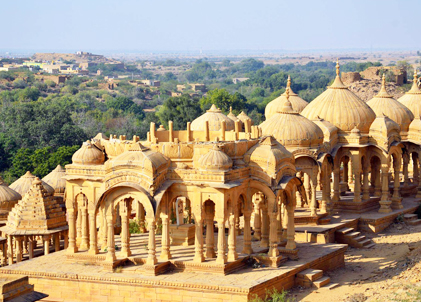

DESERT NATIONAL PARK
The Desert National Park displays the best of the Thar desert’s ecosystem and its varied wildlife. The Park is formed of undulating sand dunes, jagged rocks, dense salt lake bottoms and inter-medial areas. Various species of animals such as black buck, chinkara and desert fox inhabit the Park.
TANOT MATA TEMPLE
Some 120 kilometres away from Jaisalmer is the Tanot Mata Temple. Tanot Mata is considered to be a reincarnation of Goddess Hinglaj. There are many stories of how during the 1965 India-Pakistan war, Tanot was under heavy attack and shelling. However, none of the shells or bombs fired at the temple exploded.
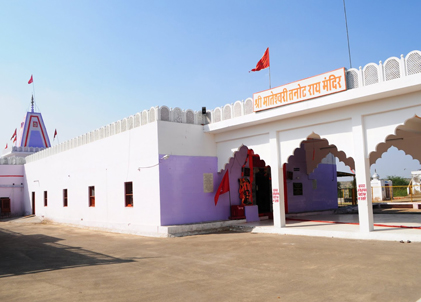
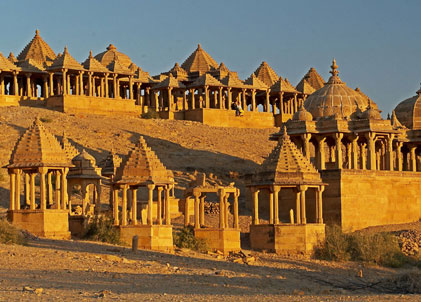
VYAS CHHATRI
A beautiful example of Rajasthani architecture, Vyas Chhatri as the name suggests, is dedicated to sage Vyaas, the writer of the epic Mahabharata. This local version of a cenotaph, is made up of delicate carvings that are a sight to behold. This is also one of the most scenic spots to catch a sunset in the desert.
